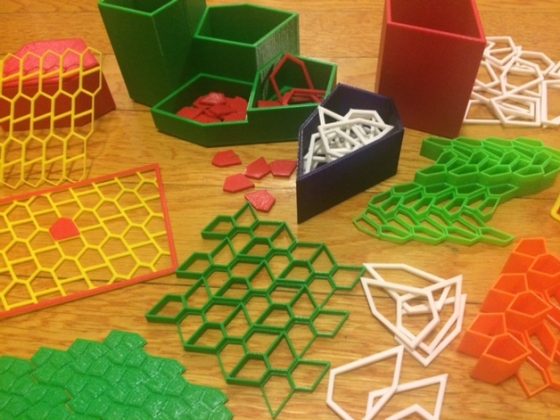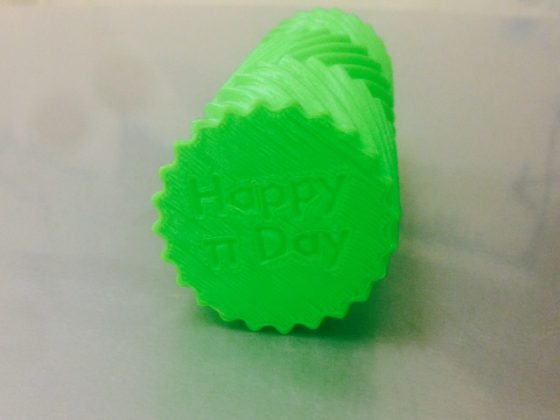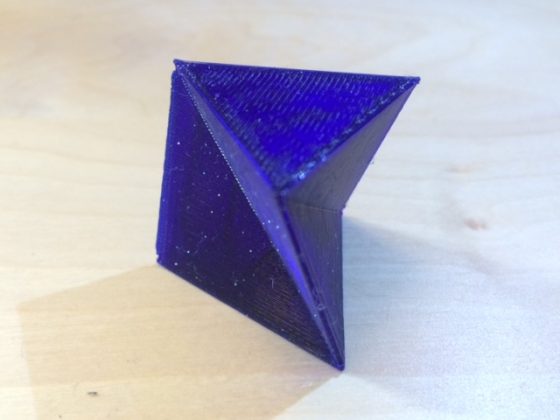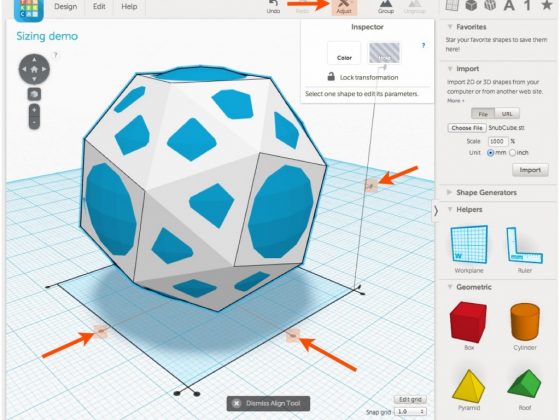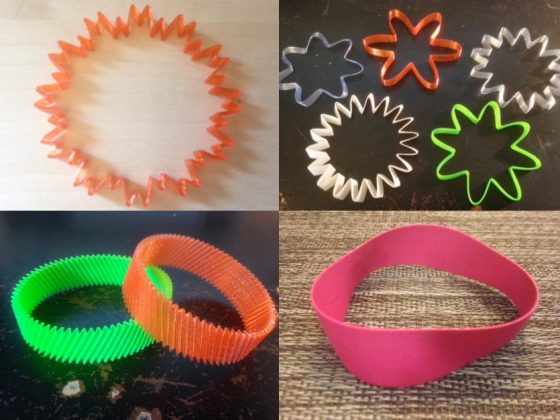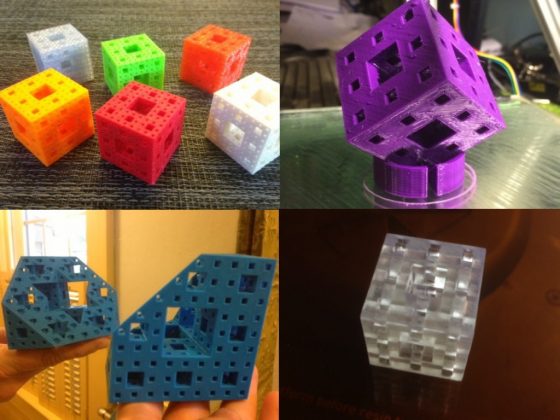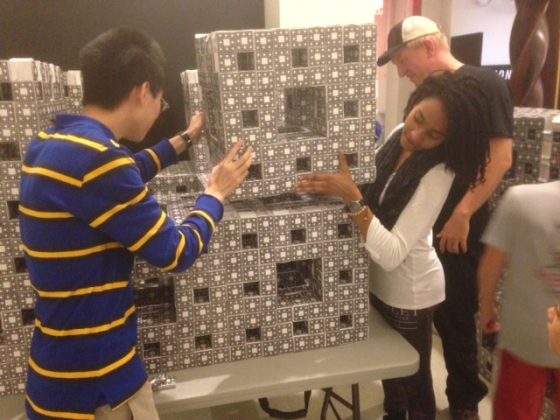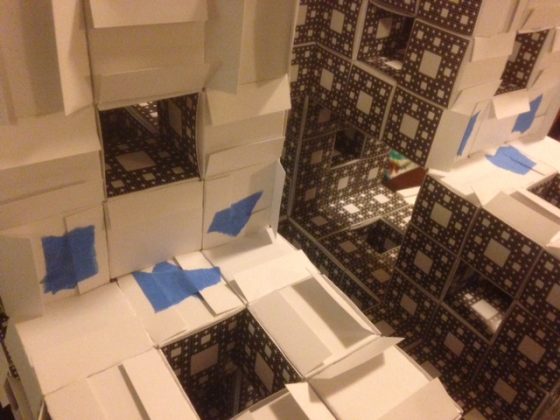3D Printing Knots at the Unknot Conference
https://mathgrrl.com/wp-content/uploads/2016/11/FullSizeRender20283129.jpg
640
480
mathgrrl
https://secure.gravatar.com/avatar/de00911e0a27aa527aae53a60fc5b663?s=96&d=retro&r=g
At this year’s UnKnot conference, Lew Ludwig and Chris Faur set up two 3D printers: a Ultimaker 2E+ and a Formlabs 2, including a UV-light drying station with a solar rotating stand. During the conference, mathematicians designed and 3D printed original models of pretzel knots, hyperboloid stick conformations of torus knots, hexagonal mosaic tiles, and rolling trefoils… // Guest post at Ultimaker Education



